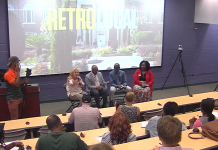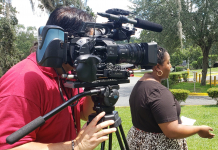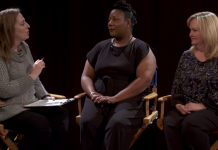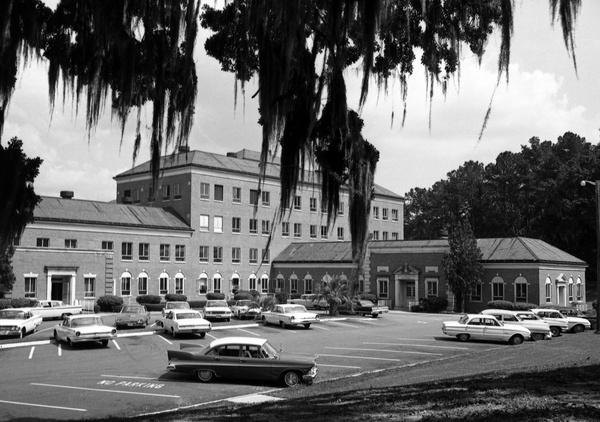

With the passing of the civil rights act in 1964, integration has been repeatedly used as a reason to close historically black Institutions. This story explores how the creation and closing of one African American hospital on the Florida A & M Campus impacted a local community.
Originally Posted November 21, 2019
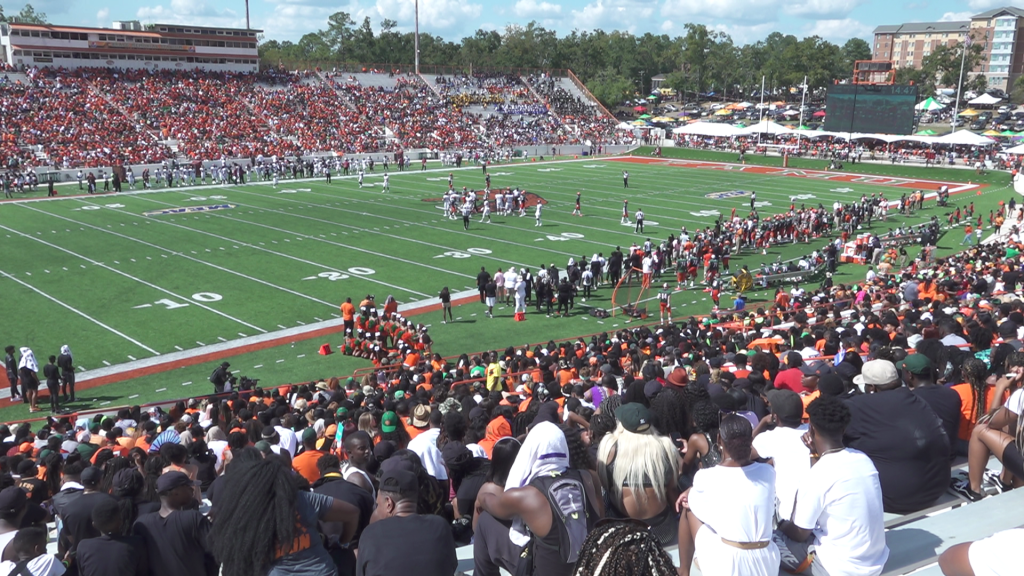

Historically Black Colleges and Universities are vibrant centers of education. That was on full display this year during Florida A&M University’s annual homecoming celebration. It drew tens of thousands of people decked out in the school colors of orange and green. Traffic snaked around the Rattlers’ Bragg
stadium—a giant block party on all sides. The campus thrummed with activity from class reunions to family gatherings.”
At their peak in the 1930s, there were 121 HBCUs across the country, but in the years since integration, these centers of community, have been slowly disappearing.
That loss is something Florida Agricultural and Mechanical University knows well. It’s seen that loss before, and has been fighting for its survival for more than 50 years.
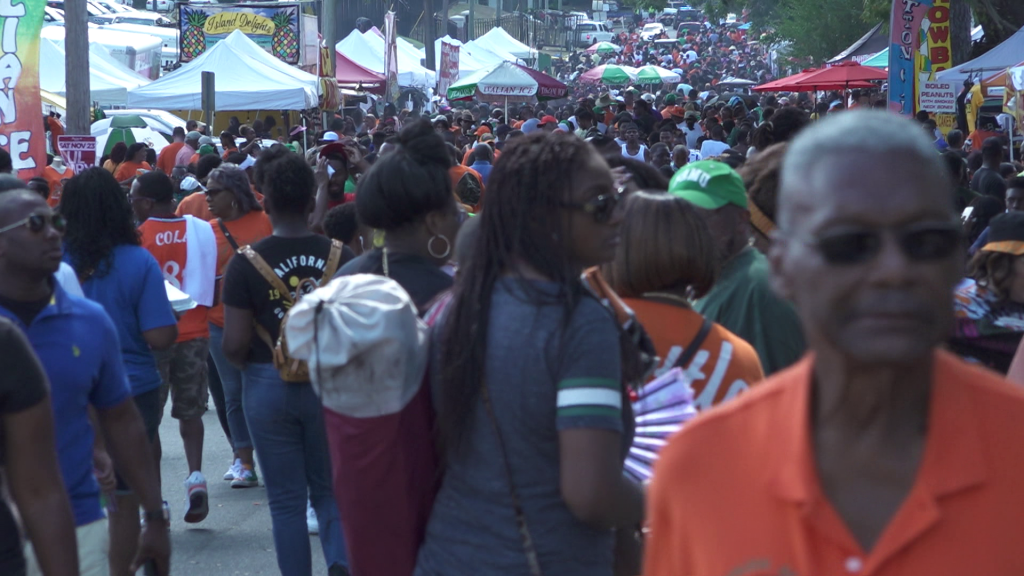

Hiding In Plain Sight
FAMU is notorious for its hilly campus. One particularly long stretch of steps extends at a sharp incline up from South Adams Street. At the top of the hill sits a hulking brick building several stories tall. The building is called Foote-Hilyer, and it houses the university’s admissions office, financial aid, and student account centers. Nearly 50 years ago, it was a hospital. But in asking around campus, it’s clear few current students know that.
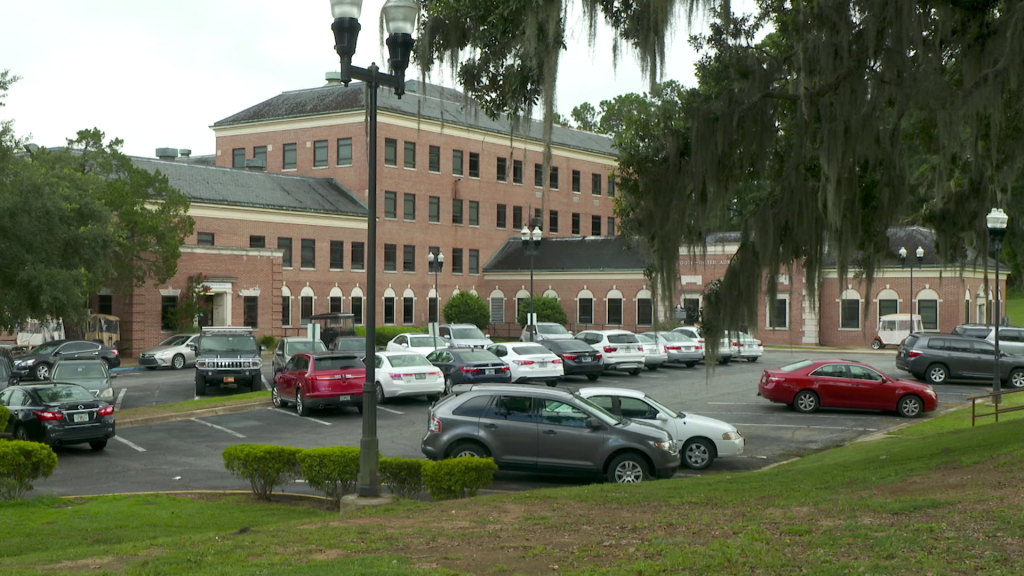

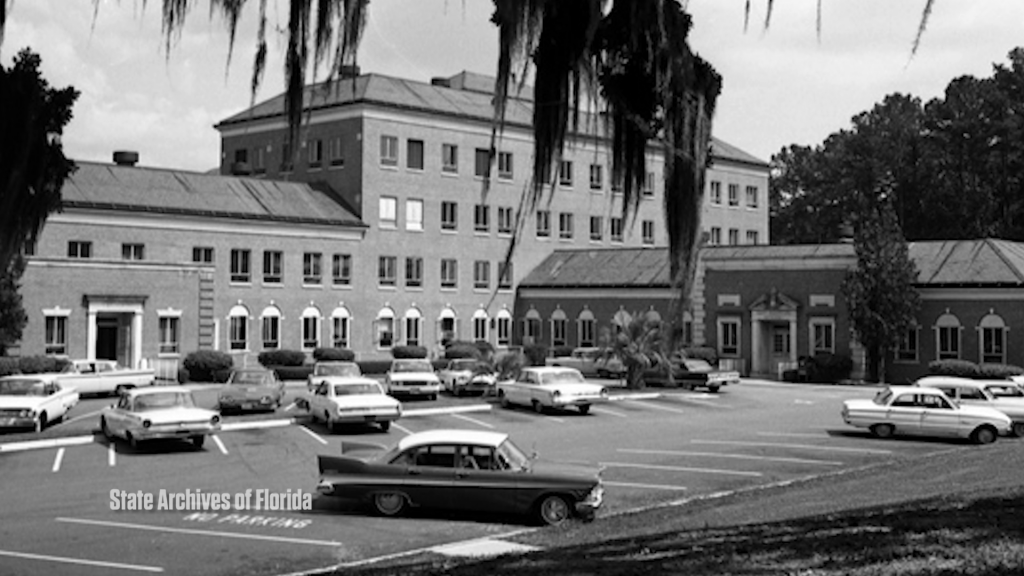

“You’ve talked to FAMU students, and they don’t have a clue as to the role this hospital played. As far as I’m concerned, that unacceptable. That’s administrative malpractice,” says Ed Holifield. The Tallahassee physician has deep roots in the city. His mother, Millicent Holifield, was a nurse at the hospital. And he would later go on to help found a community health center on the south side of the city for low-income residents.
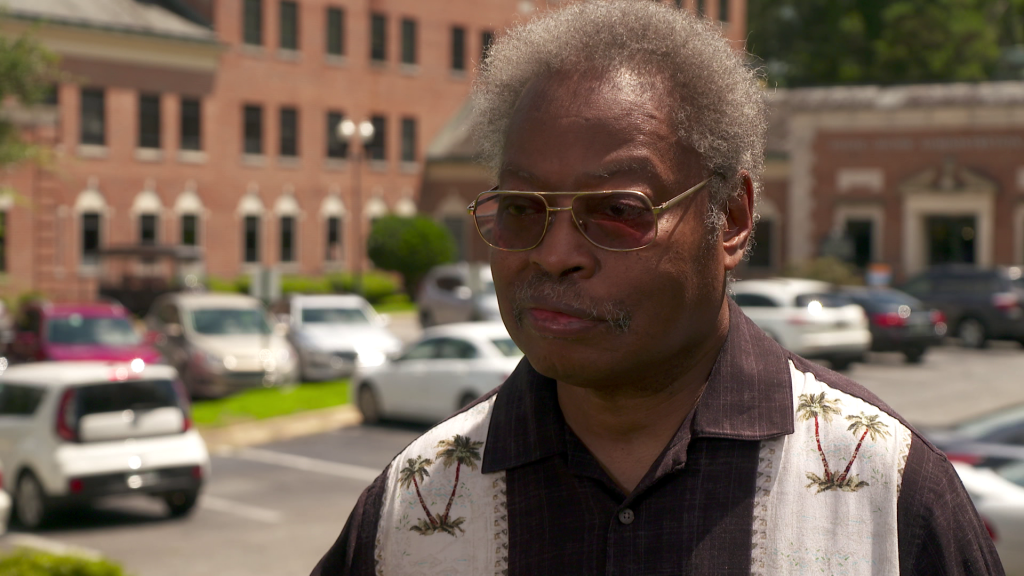

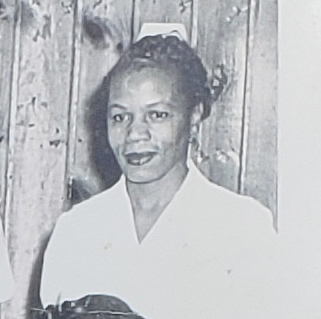

“They need to know about this hospital, the role it played in keeping black people alive.”
When it was built in the 1920’s FAMU’s hospital was the only one that treated African Americans in North Florida. And it maintained that distinction through the 1950’s. For the city’s black population, The FAMU Hospital was more than just a healthcare provider, it was the center of a community.
Healthcare as a Civil Right
Nashid Madyun, Director of the Southeastern Meek-Eaton Black Archives at FAMU says The roots of this social center go back to the end of the Civil War when schools like FAMU were established to educate a newly emergent free black population.
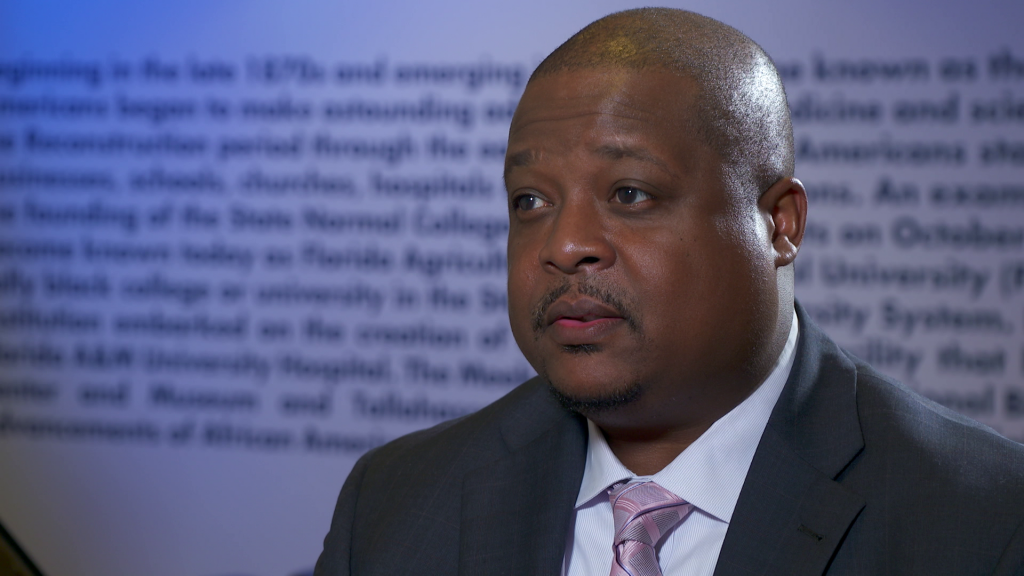

“You have the confluence of a variety of worlds in segregation and reconstruction…the Freedmen… …previous slaves that are now understanding the banking system and land ownership,” he says.
FAMU’s Hospital began in 1911 as a center for tuberculosis patients. It came as African Americans were trying to figure out a path forward. And that debate was highlighted through the clashes of two titans of black history: W.E.B DuBois, and Booker T. Washington.
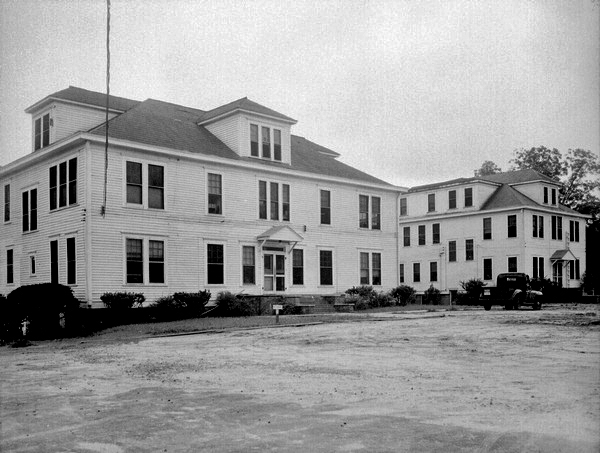

“The arguments between WEB DuBois and Booker T. Washington [were] about what takes your path to independence… Is it higher education or vocational skills?”
The hospital was the physical embodiment of the intersection of the debate,combining the vocation of nursing with higher education.
FAMU became the first school—black or white—to offer an accredited undergraduate nursing program in the state. These nurses, as well as the school’s teachers, lawyers, and other graduates would go on to form the foundation of the city’s black middle class.
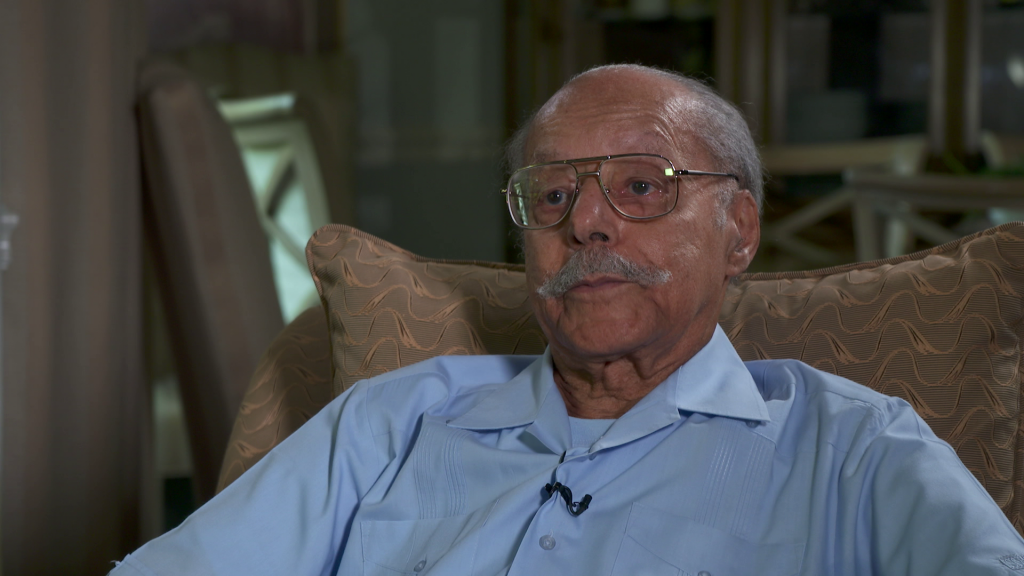

“The primary physicians were all black physicians and there were just a few of us. The subspecialists were the white physicians who were on-call from us,” recalls Dr. A.D. Brickler, a retired obstetrician. He practiced for more than 60 years in Tallahassee. Today, his name graces the maternity wing of Tallahassee Memorial Hospital. One of Brickler’s first job in medicine was at the FAMU Hospital.
He recalls working in rural areas of the region, and attending an emergency birth in Gadsden County where a woman eventually gave birth to a stillborn baby. It nearly killed her. Hospital physicians, Brickler says, treated “anything that walked in the door. Gunshot wounds, car, automobile accidents, pregnancies….”
A Role Model For Excellence
It’s a sweltering day in the depths of a Southern Summer. The rose bushes around the Foot-Hilyer building roundabout look parched. The heat radiating off the black parking lost asphalt is visible. Despite that, Rhonda Ransom is standing in the lot, her back to the hospital, speaking into a camera.
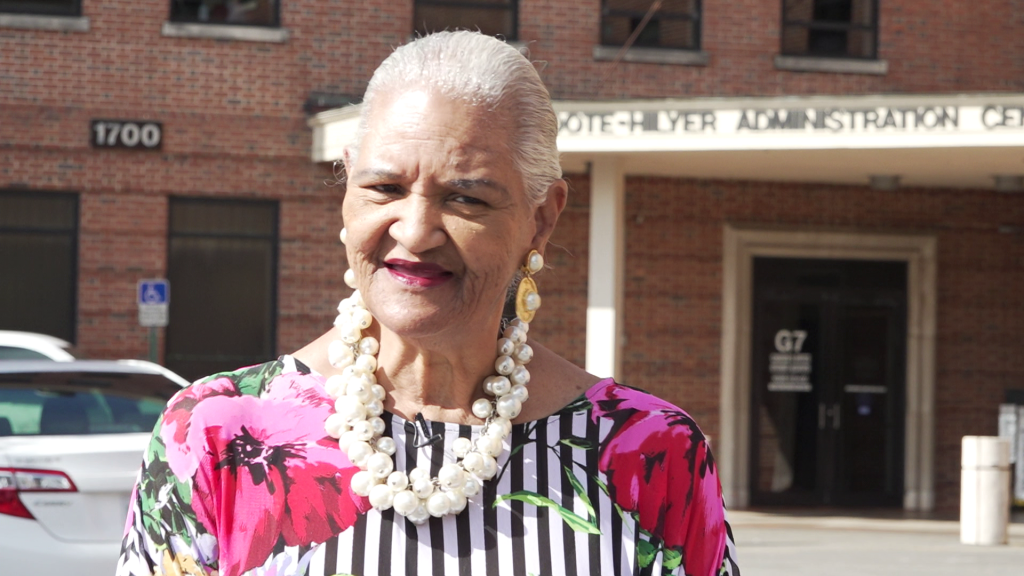

Ransom was born in Pensacola but moved to Tallahassee as a child. She turns and points to a white and yellow two-story building directly across from the hospital. She says the top used to be an apartment, where she and her family lived. She recalls playing in and in front of the building, getting sick and ending up as a patient.
“I thought surely I’d be a nurse,” she recalls. There was no way I wouldn’t be a nurse because they was just simply beautiful to me, in the white uniforms, and stockings and caps. And I thought they were just gorgeous.”
“The nurses I remember as a child was so pleasant to us, and so kind to us. This hospital for us, particularly the ones that lived in this neighborhood, was a social center,” she says.
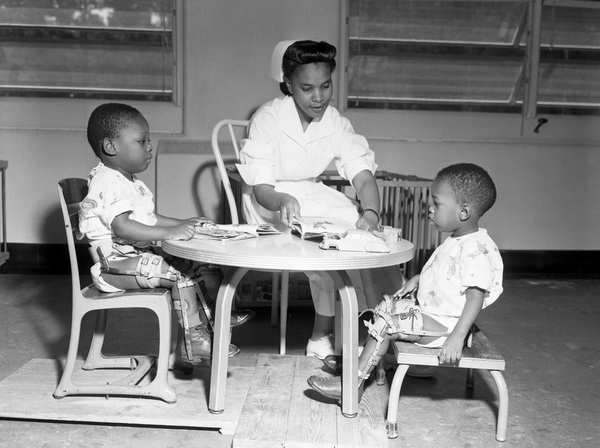


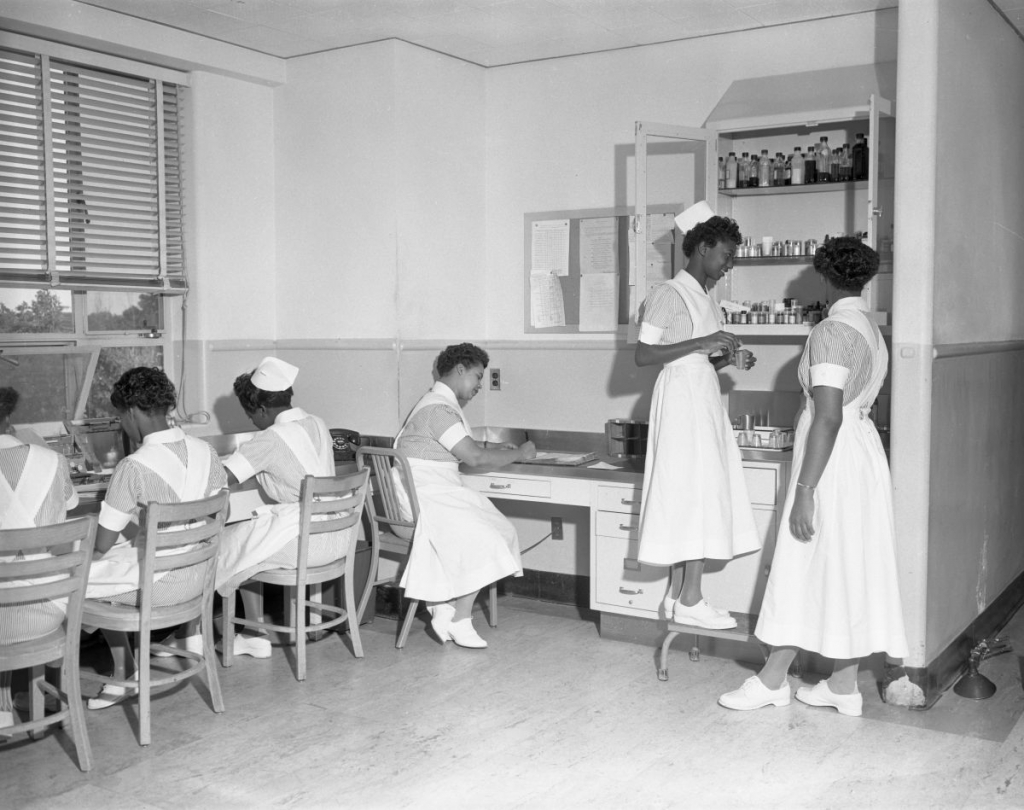
Nurses at the FAMU Hospital. Photo taken Sept. 13,1953 (Credit: Tallahassee Democrat Collection, State Archives of Florida) 
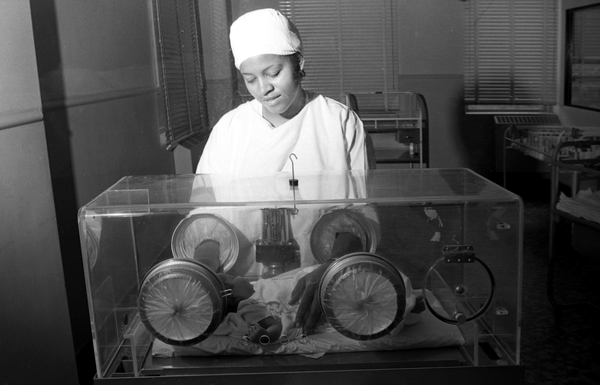
Florence Jackson with newborn baby, Photo taken May 6, 1965 (Credit: Ellis Finch, Tallahassee Democrat Collection, State Archives of Florida)
Madyun agrees.
“…You have a five-year-old and six-year-old boy and little girl that wake up in the 1880’s and 1890’s and didn’t see a positive identifiable character to model after. But in the 1950’s and 60’s, you start to see more of that. In 1970, you certainly saw…someone you can identify, whether it’s in your household or in your neighborhood.”
Enter, 1964
Historically Black Colleges like FAMU were instrumental in the Civil Rights movement. In Tallahassee, FAMU students led the Tallahassee Bus boycott of 1956 and the Woolworths sit ins. Their actions had an impact and things began to change in 1964 with the passage of the Civil Rights Act. It paved the way for widespread integration.
“The Civil Rights Act was supported to…uplift and provide more strength and balance equilibrium to African Americans. Opportunity,” says Madyun. But there was an unforeseen cost. And it was paid by black institutions.

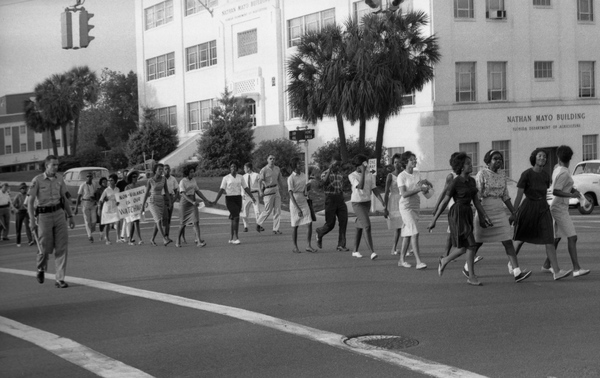
Civil rights demonstrators being marched off to jail after defying restraining orders May 30, 1963 (Credit: Tallahassee Democrat Collection, State Archives of Florida) 
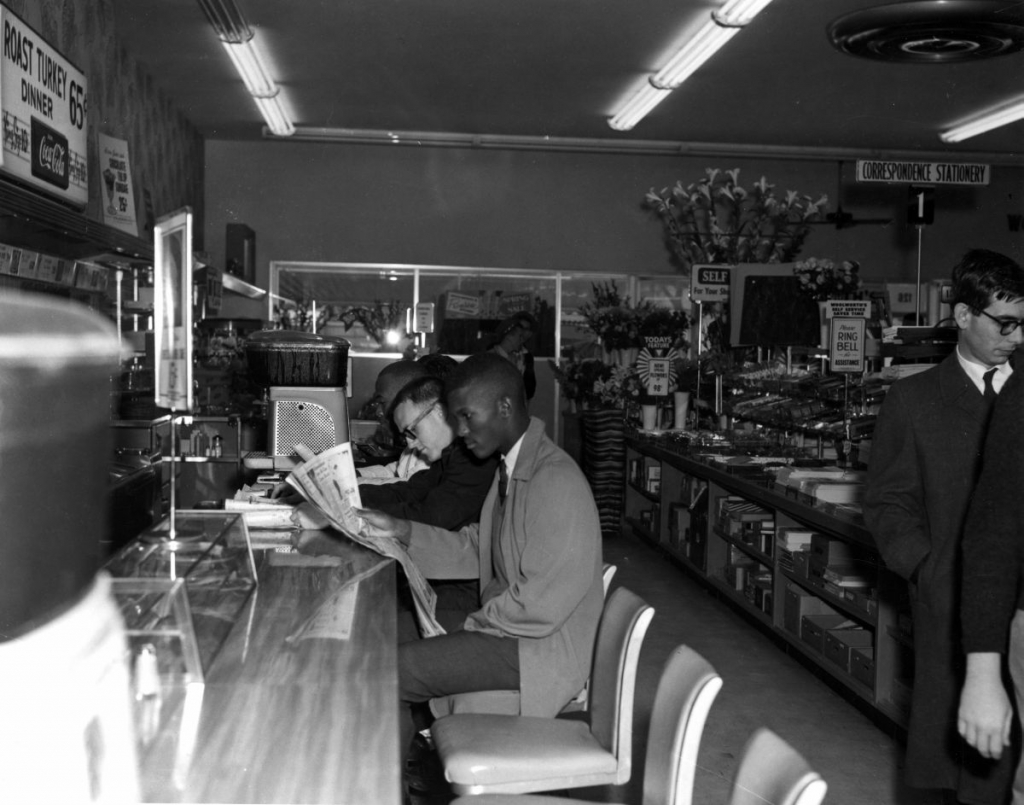
Sit in at Woolworth’s in Tallahassee. (Credit: State Archives of Florida) 
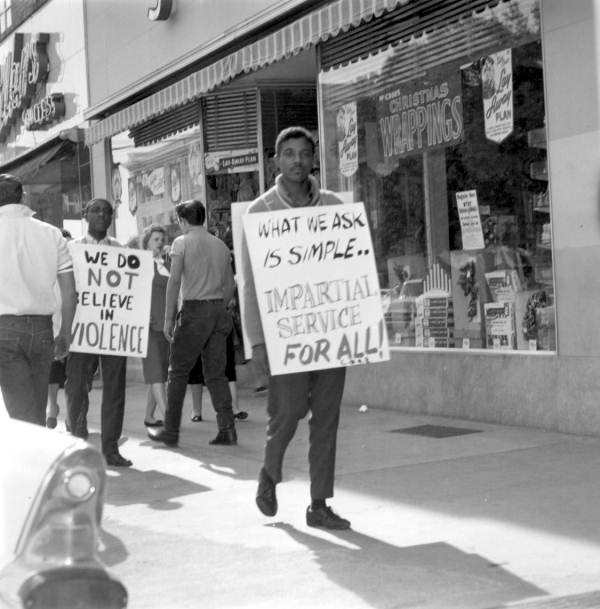
Civil Rights Protests, Tallahassee (Credit: State Archives of Florida)
“Here’s the Civil Rights Act that says ‘separate but equal’ makes no sense. If I’m a legislator that believe[s] in oppressing African Americans, [then] we have an opportunity here to use the Civil Rights Act….to take away funding. If you’re not serving a white population…we want to take away funding.”
Madyun says FAMU programs came under threat as more people began to question the need for two state universities in one city. Florida State University was just across the railroad tracks.
“There’s a law school at FAMU. You have a hospital. A flagship nursing program, researchers. And at FSU, you have none of those things.”
The first FAMU institution to close was its law school. The state defunded it in 1965 and it closed in 1968. Its assets went to Florida State University—a predominantly white school.
Three years later, the FAMU hospital began to face threats of closure. It lost its federal healthcare funding to Tallahassee Memorial Hospital, which was now integrated. And facing financial hardship it couldn’t overcome, the university hospital officially shuttered in 1971.
“The hospital was taking care of all the black indigent patients, and subsequently, more of the white indigent patients in the community before it closed. And if you take care of a lot of sick people who don’t have any money, you’re going to run out of funds. And that’s exactly what happened to A&M Hospital,” says Brickler.
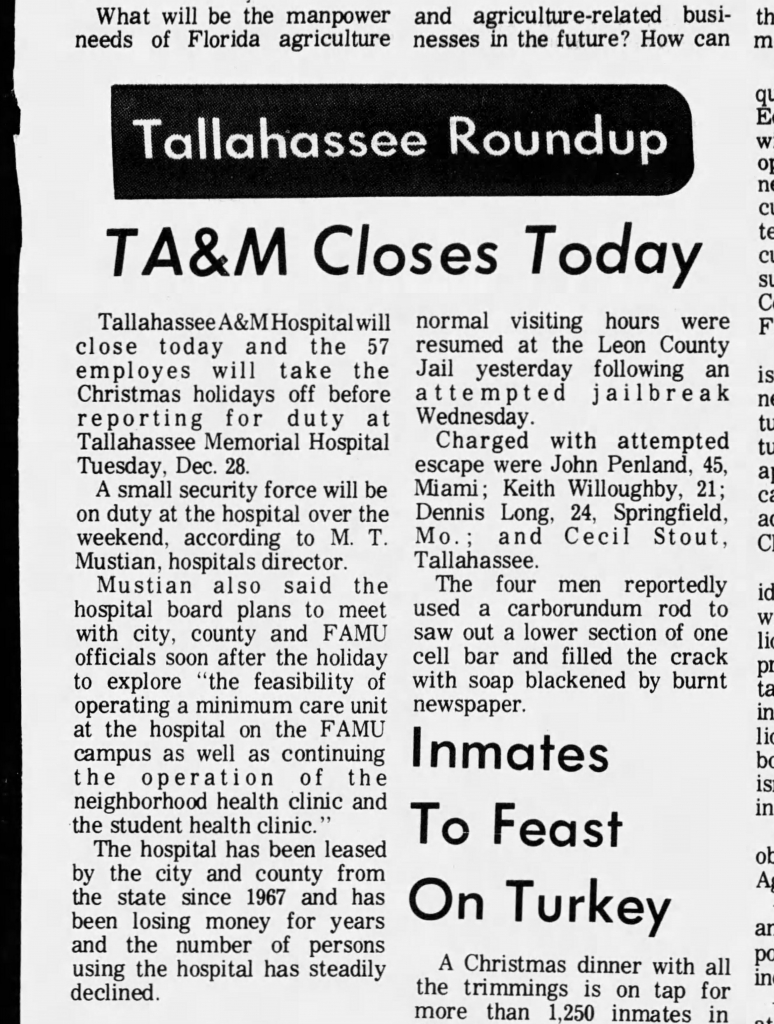

“How evil and vindictive,” Holifield says, referencing the hospital’s official closure date of December 24th, 1971. Christmas Eve. TMH officials chose that date as it landed during Christmas break, and according to news reports at the time, they knew FAMU students wouldn’t be around to protest.
“I remember everybody was heartbroken,” Ransom says. “There was so much about it we didn’t understand. Most of the staff, somebody in the community, knew somebody who worked here. We all knew someone was going through something as a result of the closure.”
That was the beginning of what would become a five-decade fight for survival for Florida A&M. And in the years and decades since, different programs have been targeted for removal: nursing, agricultural sciences…even football. Later, the fight would become whether to merge FAMU and FSU together, or into other universities.
“We can close the hospital, take their programs, take their leading faculty, integrate some of their students who are strong academically,” Madyun says of the legislative sentiment at times.
He adds merger made sense to some people, and there were “African Americans on both sides of the equation, especially the rising middle class.”
The reasons proposed for closing or merging have been consistent over the years. Advocates have pointed to low test scores, periods of decreased enrollment and have also questioned whether HBCU’s are still needed. FAMU has heard it all before.
Conflict Erupts Over The FAMU-FSU College of Engineering
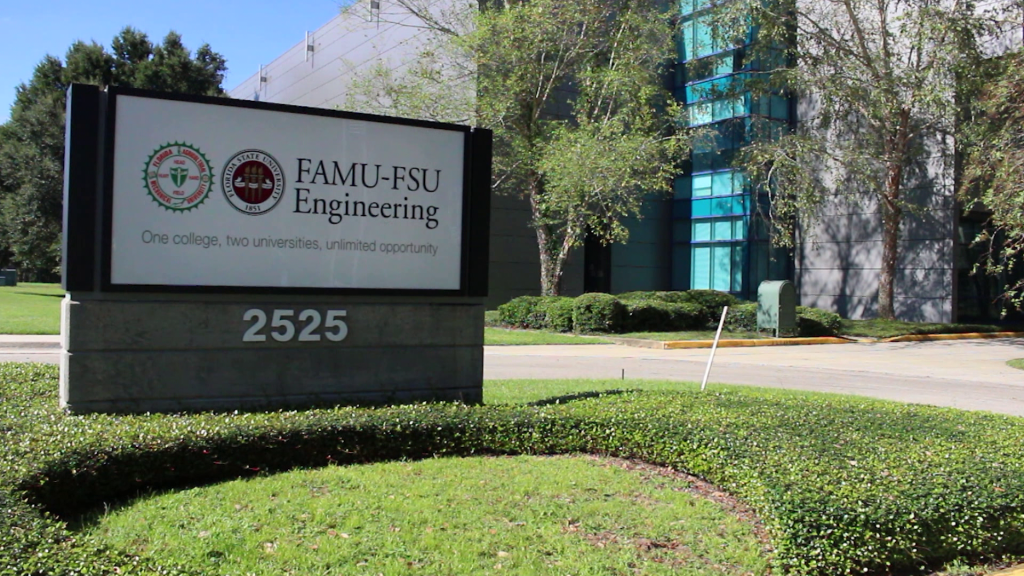

In 2014, the reminders of loss and racial resentment embodied in the closures of the FAMU hospital and law school rose again when an effort to split the joint FAMU-FSU College of Engineering was unveiled in the legislature. Supporters argued a split was needed in order for Florida State University to rise in national rankings. Bottom line: FAMU was hindering FSU’s ascension.
Former State Senator Arthenia Joyner was among the last class of students to graduate from the law school before it closed.
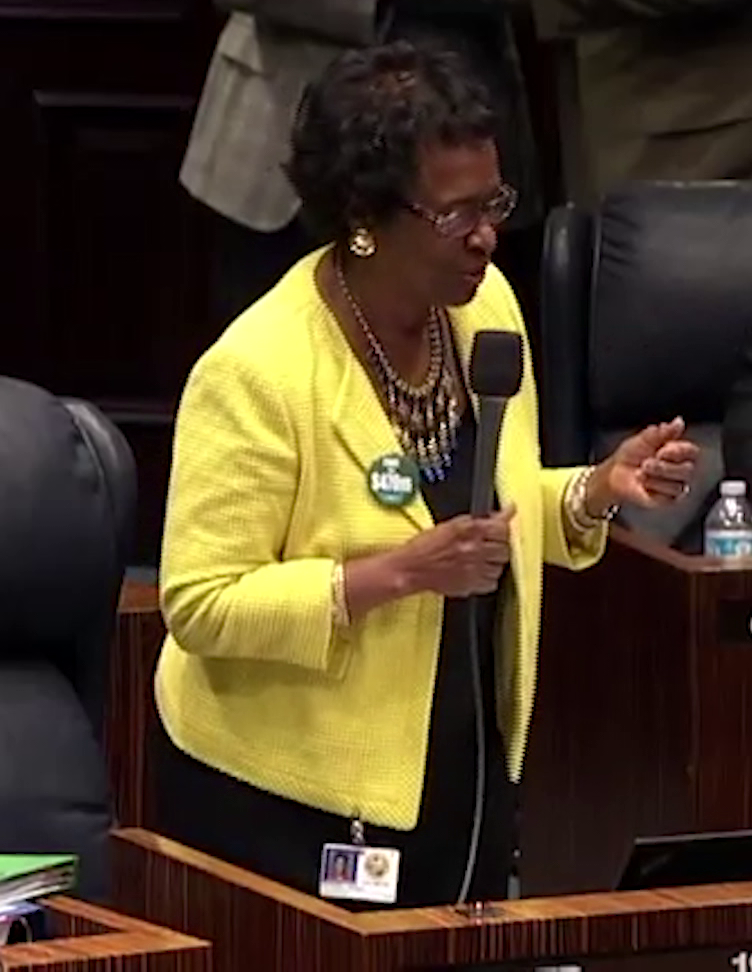

“This is different for me because it takes me back to a time when, I sat in study… and the books were removed and taken to Florida State. I sat there when the lights were dimmed and the door closed, because someone envisioned it would be best at Florida State,” she told the Senate during a debate on the chamber floor. (Click here to see senate debate. Arthenia Joyner’s full comments can be found at 3:52:39)
In that same Senate debate, former Senator Dwight Bullard noted FAMU’s racial history is etched in stone: a reminder of decades of losses and struggles.
“As a student at FAMU you don’t know how bitter it feels for a student to pass by their library door, turn the corner, and see carved into the marble ‘College of Law’ and know that building doesn’t exist. You don’t know how disheartening it is to go to the law library at FSU to study statute, and see Florida A & M University stamped into the books.”
(Click here to see senate debate. Dwight Bullard’s full comments can be found at 4:05:51)
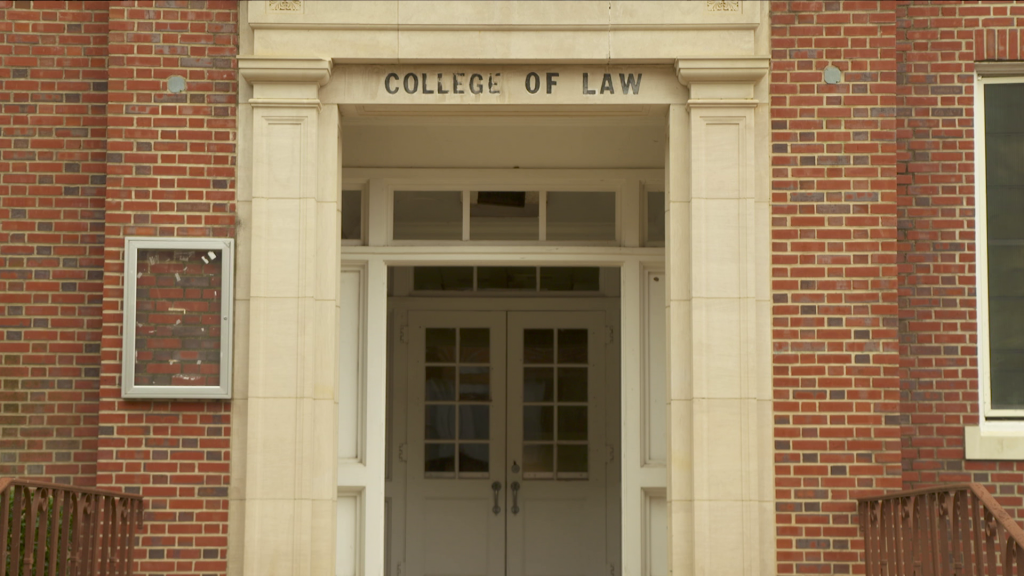

Backing the plan to split the school was then Republican Senator John Thrasher. He’d later become President of Florida State University. At the time, he promised FAMU would be held harmless and called for a transition period to see the programs through the breakup. Thrasher was not the first lawmaker to become an FSU President. And a decade before his plan, former House Speaker T.K, Weherell floated a similar idea. Wetherell would also become an FSU President.
During both times, blowback was swift—with FAMU alumni protesting the idea. Memories are long, they say, and 50 years of injury remain untreated. Today, FAMU is suspicious of any proposal that could be perceived as taking something away from the school. A 1983 article in the Tallahassee Democrat summed it up thusly: “Mere mention of the proposal was viewed as an attack on blacks.” Another report articulated the consequences of FAMU’s fight. It noted the school has battled for so long, that it risks not being able to move forward.
FAMU officials say the university has survived for 132 years, and it’s planning for 132 more.
“I think we have to change the discussion away from why HBCU’s to where would America be without HBCUs? With regard to the relevance, I think the day we eliminate social injustice, economic disparities, health disparities, the day we cure those things, HBCU’s are no longer relevant. And it looks like we’re going to be in the business for a very long time,” said University President Larry Robinson.
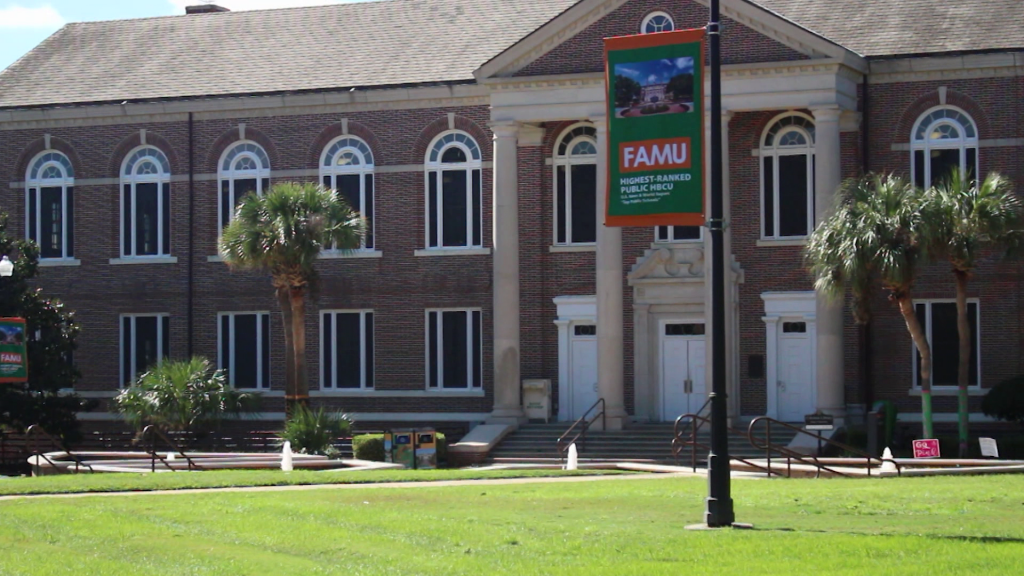

Lynn Hatter is a Florida A&M University graduate with a bachelor’s degree in journalism. Lynn has been a member of the WFSU news team since 2007, focusing on education and healthcare. She's an an award-winning member of the Capital Press Corps and has participated in the NPR Kaiser Health News Reporting Partnership and NPR Education Initiatives.
When she’s not working, Lynn spends her time watching sci-fi and action movies, writing her own books, going on long walks through the woods, traveling and exploring antique stores.
Follow Lynn Hatter on Twitter: @HatterLynn.

